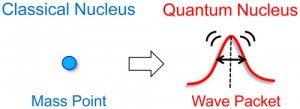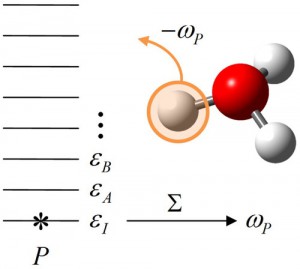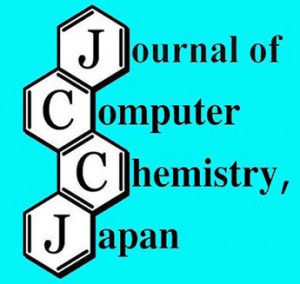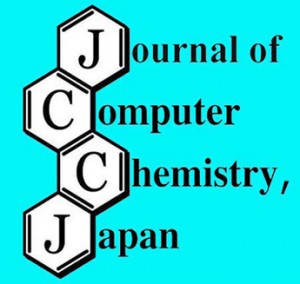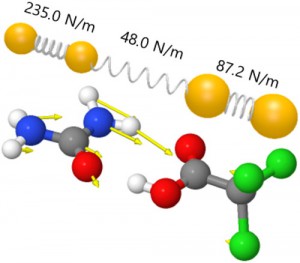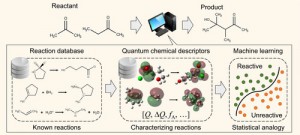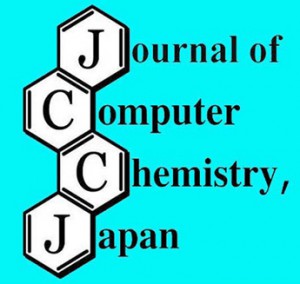[Advanced Published online Journal of Computer Chemistry, Japan, by J-STAGE]
<Title:> Quantum Molecular Dynamics Simulation of Condensed Hydrogens by Nuclear and Electron Wave Packet Approach
<Author(s):> Kim HYEON-DEUK
<Corresponding author E-Mill:> kim(at)kuchem.kyoto-u.ac.jp
<Abstract:> We recently proposed a real-time simulation method of nuclear and electron wave packet molecular dynamics (NEWPMD) based on wave functions of hydrogen molecules composed of nuclear and electron WPs. Non-empirical intra- and intermolecular interactions of non-spherical hydrogen molecules were explicitly derived and a long-range dispersion force between hydrogen molecules was successfully derived. Nuclear quantum effects (NQEs) such as nuclear delocalization and zero-point energy were non-perturbatively taken into account. The developed NEWPMD method can be applied to various condensed hydrogen systems from a gas-phase to a high-pressure solid phase at feasible computational cost, providing intuitive understandings of real-time dynamics of each hydrogen molecule including H-H bond vibration, molecular orientations and librational motions. We will report the demonstrations not only in liquid hydrogens but also in solid and supercooled hydrogens which exhibited strong NQEs and thus anomalous static and dynamic properties.
<Keywords:> Quantum molecular dynamics simulation, Nuclear wave packet, Electron wave packet, Nuclear quantum effect, Liquid/solid/supeercooled hydrogen
<URL:> https://www.jstage.jst.go.jp/article/jccj/advpub/0/advpub_2016-0020/_article/-char/ja/
<Title:> Quantum Molecular Dynamics Simulation of Condensed Hydrogens by Nuclear and Electron Wave Packet Approach
<Author(s):> Kim HYEON-DEUK
<Corresponding author E-Mill:> kim(at)kuchem.kyoto-u.ac.jp
<Abstract:> We recently proposed a real-time simulation method of nuclear and electron wave packet molecular dynamics (NEWPMD) based on wave functions of hydrogen molecules composed of nuclear and electron WPs. Non-empirical intra- and intermolecular interactions of non-spherical hydrogen molecules were explicitly derived and a long-range dispersion force between hydrogen molecules was successfully derived. Nuclear quantum effects (NQEs) such as nuclear delocalization and zero-point energy were non-perturbatively taken into account. The developed NEWPMD method can be applied to various condensed hydrogen systems from a gas-phase to a high-pressure solid phase at feasible computational cost, providing intuitive understandings of real-time dynamics of each hydrogen molecule including H-H bond vibration, molecular orientations and librational motions. We will report the demonstrations not only in liquid hydrogens but also in solid and supercooled hydrogens which exhibited strong NQEs and thus anomalous static and dynamic properties.
<Keywords:> Quantum molecular dynamics simulation, Nuclear wave packet, Electron wave packet, Nuclear quantum effect, Liquid/solid/supeercooled hydrogen
<URL:> https://www.jstage.jst.go.jp/article/jccj/advpub/0/advpub_2016-0020/_article/-char/ja/
